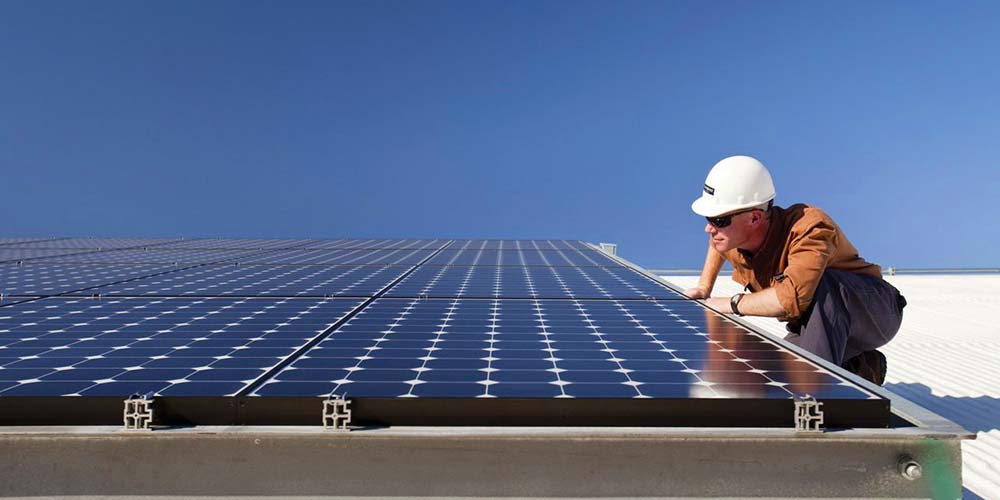The appearance inspection of solar panels is a quality control process that involves visually examining the external features and physical characteristics of solar modules to ensure they meet specified standards and criteria. This inspection is an important part of the manufacturing process to identify any defects, damages, or inconsistencies that could affect the performance, reliability, or aesthetics of the solar panels.
- Surface Inspection:
- Check for scratches, cracks, or other surface imperfections on the glass covering the solar cells. Any damage to the glass can compromise the structural integrity and longevity of the panel.
- Frame Inspection:
- Examine the frame for any dents, scratches, or misalignments. The frame provides structural support and protection for the solar panel, so any issues with the frame could impact its durability and resistance to environmental factors.
- Junction Box Inspection:
- Inspect the junction box for proper sealing and secure attachment. The junction box is important for electrical connections and weather protection, so any defects in this area can affect the safety and performance of the solar panel.
- Backsheet Inspection:
- Check the backsheet for damage or delamination. The backsheet protects the solar cells from environmental factors and provides electrical insulation. Damaged or compromised backsheets can lead to reduced performance and durability.
- Alignment and Dimensional Checks:
- Ensure that the solar cells are properly aligned within the module, and the overall dimensions of the panel meet the specified requirements. Misalignment or dimensional variations can affect the overall performance and appearance of solar arrays.
- Labeling and Marking:
- Verify the presence and accuracy of labels, markings, and barcodes. Proper labeling is essential for tracking and quality control purposes, and it ensures that the solar panels meet regulatory requirements.
- Color Consistency:
- Assess the color consistency of solar cells and other components. While color variations may not impact performance, consistent color can contribute to the aesthetic appeal of solar arrays, especially in applications where appearance matters.
- Visual Inspection of Cells:
- Examine individual solar cells for any visible defects, such as micro-cracks or discoloration. Defective cells can reduce the overall efficiency of the solar panel.
- EVA Encapsulation Inspection:
- Evaluate the encapsulation material (typically ethylene-vinyl acetate or EVA) for uniformity and proper adhesion. Adequate encapsulation is crucial for protecting the solar cells from moisture and other environmental factors.
- Overall Aesthetic Appearance:
- Consider the overall visual appearance of the solar panel, including cleanliness and any cosmetic issues. This aspect is particularly important for solar panels used in residential or commercial installations, where appearance may be a factor.
By conducting thorough appearance inspections, manufacturers can identify and address any issues early in the production process, ensuring that the solar panels delivered to customers meet quality standards and perform reliably over their expected lifespan.


